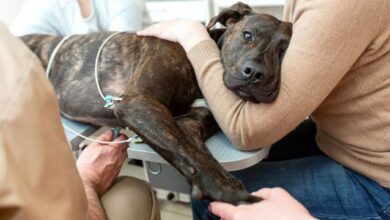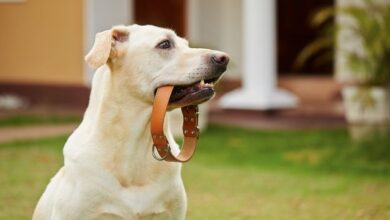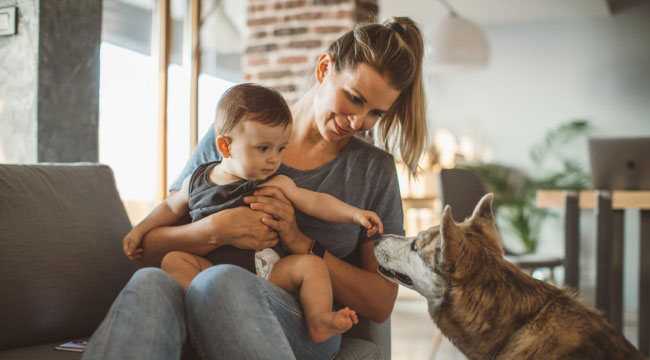
Raising children and dogs together can be an enriching and rewarding experience for everyone involved.
A well-socialized dog can teach children about responsibility, empathy, and the importance of boundaries, while kids can provide an abundance of love and attention for their furry friend. However, navigating the dynamics between kids and dogs can be challenging for parents.
This article offers practical tips and insights to help families raise children and dogs together, fostering a harmonious and nurturing environment.
Building a Strong Foundation
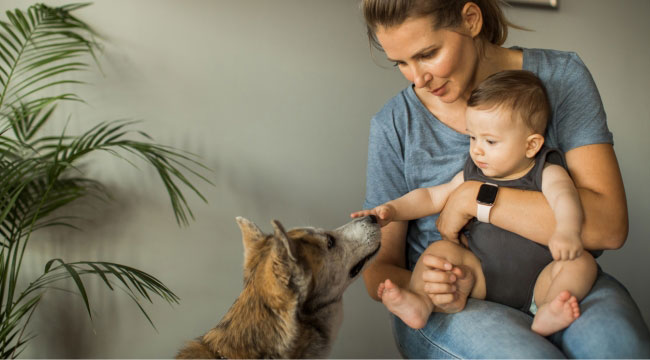
Early socialization
To ensure a successful relationship between your children and dog, it’s crucial to start the socialization process early. Introduce your dog to children, people of different ages, and various environments.
This is a great way to help your dog learn to be social and comfortable around children.
Establishing boundaries
Teach your children to respect the dog’s personal space and belongings, such as food, toys, and bed. This will prevent misunderstandings and promote peaceful coexistence.
For guidance on how to establish these boundaries, check out resources and talk to experts like a Bonney Lake Veterinarian, who can offer advice on pet care and behavior.
Training
When living in a household with children, it is especially important that a dog has at least the most basic obedience training.
Invest time in teaching your dog essential commands, such as “sit,” “stay,” and “leave it.” This will create a safe environment for your kids and your dog.
Promoting Healthy Relationships
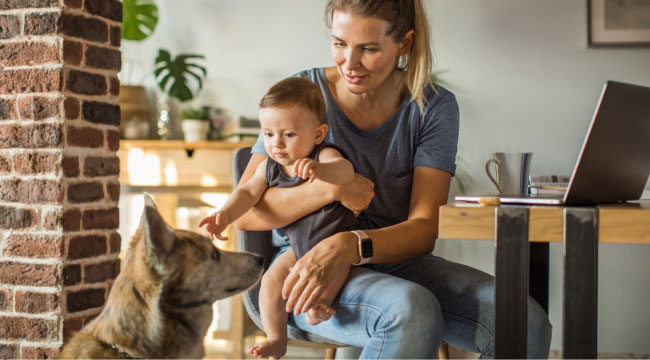
Teach empathy
Encourage your children to put themselves in the dog’s “paws” to better understand their needs and emotions.
This will help them recognize when their furry friend is tired, scared, or uncomfortable.
Assign responsibilities
Giving your children age-appropriate responsibilities related to the dog’s care will teach them about accountability and compassion.
Younger children can help with feeding, while older kids can be in charge of walking or grooming the dog.
Foster communication
Teach your children to read and respond to the dog’s body language, such as wagging tails, growling, or raised hackles.
This will enable them to interact safely and confidently with their canine companion.
Preventing and Addressing Conflicts
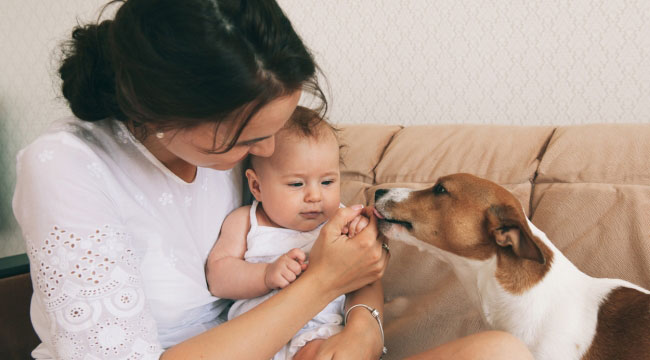
Develop a “safe zone”
Designate an area in your home where your dog can retreat when they need time alone. This will help prevent conflicts and give your dog a sense of security.
Supervise interactions
Always monitor your children and dog when they’re together, especially during playtime. This allows you to intervene if necessary and ensure everyone’s safety.
Manage expectations
Remind your children that dogs have different needs and limitations than humans. This will help them understand that dogs may not always want to play or be touched.
Address issues promptly
If conflicts arise, address them immediately and calmly. Discuss the issue with your children and involve them in finding a solution to prevent further problems.
Celebrating the Bond
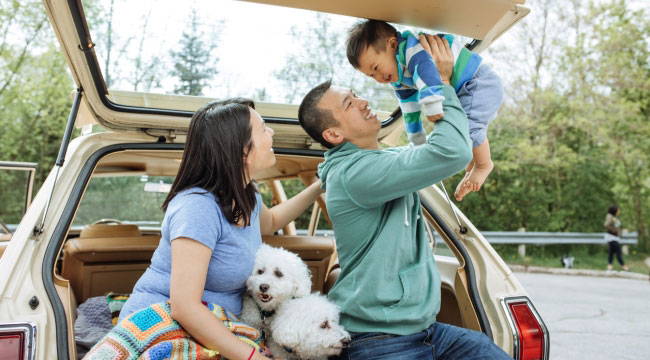
Plan family activities
Include your dog in family outings and activities, such as hiking, picnics, or visits to dog-friendly parks. This will strengthen the bond between your children and their furry friend.
Capture memories
Encourage your children to create a scrapbook or photo album featuring their favorite moments with your dog. This will serve as a keepsake of their cherished friendship.
Recognize milestones
Celebrate your dog’s achievements, such as graduating from obedience school or overcoming a fear. This will reinforce the importance of supporting and nurturing your beloved pet.


